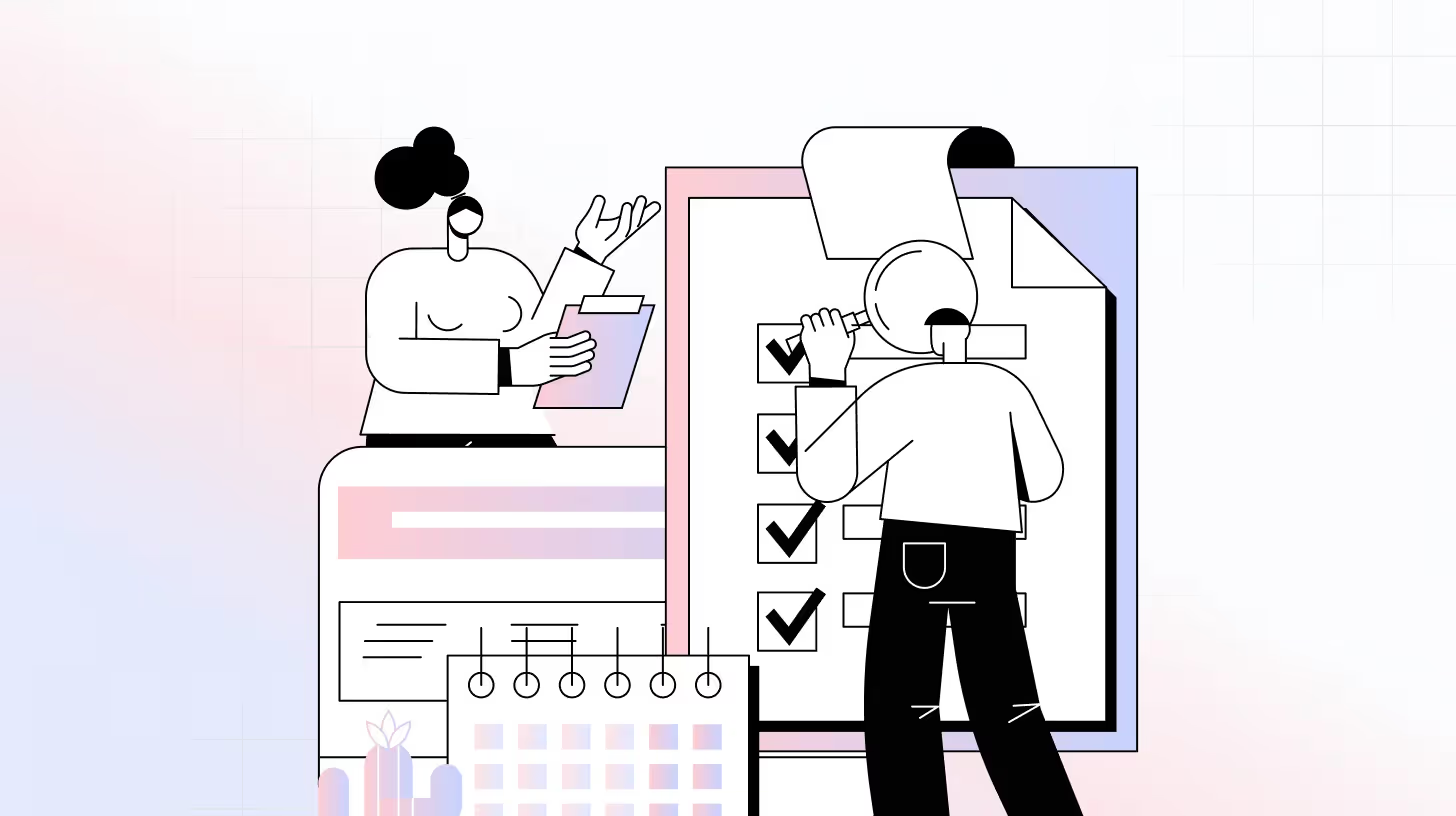 Blog
Blog How B2B SaaS Leaders Adapt to the Slowdown with Randy Wootton
How B2B SaaS Leaders Adapt to the Slowdown with Randy WoottonHow B2B SaaS Leaders Adapt to the Slowdown with Randy Wootton

In our conversation with Randy Wootton, CEO of Maxio, we discussed intricate challenges and shifts within the B2B SaaS subscription businesses landscape amidst fluctuating economic conditions. Wootton, with a distinguished career that includes spearheading significant growth at Microsoft and Salesforce and refining marketing strategies at RocketFuel and Percolate, brings a wealth of experience and a unique perspective to the table. His tenure at Maxio, a company at the forefront of bridging the go-to-market gap for B2B SaaS subscription businesses, positions him as a leading authority on the subject.
Is the SaaS Go-to-Market Strategy Flawed or Evolving?
Our discussion unfolds at a crucial time, touching upon a contentious debate: Is the SaaS go-to-market strategy fundamentally flawed, or are we witnessing the sector's evolution in response to unprecedented challenges? Drawing on insights from the Maxio report and Wootton's extensive background—which spans from optimizing marketing efforts in the digital "space-time" continuum at RocketFuel to enhancing content personalization at Percolate, and now, at Maxio, empowering companies to navigate financial operations with greater agility—this conversation seeks to unravel the complexities SaaS companies face today.
Wootton’s Leadership Philosophy and Impact on B2B SaaS
Wootton's leadership philosophy, fueled by his passion for tackling significant challenges and his commitment to addressing the modern buyer's dilemma of information overload, provides a compelling backdrop to our exploration. Through Maxio, Wootton has focused on offering solutions that balance flexibility with the complexity necessary for scaling SaaS subscription-based businesses, making him an invaluable guide through the current SaaS landscape.
As we navigate through this dialogue, we aim to discern whether the industry's current strategic shifts signify a departure from traditional practices or are indicative of an adaptive stride toward future success.
The State of B2B Subscription-Based SaaS Spending
Can you elaborate on the state spending in software?
Reflecting on our observations and the latest Maxio report insights, we've witnessed a significant recalibration in SaaS spending from the past to the present.
This graph means back in 2020, SaaS companies are spending $1.5 to acquire $1 of first year revenue and that is when we were in the time of growth at all cost. Ironically, Now that investors are requiring companies to grow more efficiently, yet companies are now spending $2.45 to acquire $1 of first year renewal. Ouch. You can blame inflation, Covid, cost of capital, an unstable global environment. Which means, you better have longer lifetime customer value, which means you need to improve retention and Improve Net Revenue Retention.
The truth is New sales has become harder and more costly to acquire now than ever before in SaaS Space. CROs under pressure to hit targets while keeping the cost low have been forced to spend more effort in Growing existing business. Now more than ever, NRR becomes a critical number for any SaaS companies.

Insights from Maxio Institute Growth Report
How does billing data translate into actionable insights for SaaS companies?
The report shows that subscription invoicing models have outpaced consumption models by an annualized growth of 33%, providing critical insights for strategic adjustments. This depth of analysis helps CEOs and business planners not only to understand current growth rates but also to predict future trends, ensuring that SaaS businesses can navigate through periods of market fluctuation with informed strategies.
Strategy Adjustments in the SaaS Sector
What strategic shifts are you seeing among SaaS companies in response to these trends?
The landscape is evolving, with SaaS companies now prioritizing tool consolidation and optimizing their budgets more than ever. A notable trend is the shift towards offering a mix of software and services, which has shown to be particularly beneficial for companies with a diverse range of product lines. This strategy not only allows businesses to leverage and deepen existing customer relationships but also to strategically expand their product offerings to fuel growth.
Additionally, the current market dynamics have spurred an increased adoption of hybrid pricing models among SaaS companies. By integrating the best aspects of both consumption and subscription billing, these models offer a pathway to maximize growth potential. The insights from the Maxio report underscore that, although subscription invoicing companies have traditionally held a competitive edge, employing hybrid models can considerably bolster a company's agility in navigating the ebb and flow of market conditions. This strategic balance is crucial for harnessing the full potential of customer relationships and strategically broadening the scope of product offerings to drive sustainable growth.
The Importance of CAC Ratio and Operational Metrics
What operational metrics are most critical for SaaS companies right now?
Right now, the operational metrics that SaaS companies should focus on have taken on even greater significance, especially in the context of the current economic environment. The most crucial metrics include the Annual Recurring Revenue (ARR) growth rate, gross retention, net retention, and the Customer Acquisition Cost (CAC) ratio. These metrics serve as the bedrock for assessing a company's health and potential for growth.
The CAC ratio, in particular, has emerged as a pivotal metric. It effectively measures the cost associated with acquiring new ARR in relation to the expenditure on sales and marketing. This ratio is not just a number; it's a reflection of the efficiency and effectiveness of a company's growth strategy. The insights from the Maxio report highlight the importance of these metrics by examining growth rates, industry performances, and billing strategies. This comprehensive analysis illustrates the direct impact of these operational metrics on a company's growth potential and operational efficiency.
By prioritizing these metrics—ARR growth rate, gross retention, net retention, and particularly the CAC ratio—SaaS companies can lay a robust foundation for navigating through the current economic challenges and driving sustainable growth. These metrics are indispensable for any SaaS business aiming to thrive in today's dynamic market landscape.
The Evolving Challenge of Customer Acquisition
Can you speak more to the changes we are seeing in customer acquisition costs?
This is a critical issue underlined by the Maxio report. We're witnessing a considerable shift in the landscape where the cost of acquiring new customers has surged. This escalation is directly impacting the ability of SaaS companies to achieve growth efficiently. The increase in customer acquisition costs requires businesses to meticulously analyze their sales and marketing expenditures in relation to the new Annual Recurring Revenue (ARR) they generate. It's no longer business as usual; there's a pressing need for innovation in customer acquisition strategies.
This scenario has prompted a strategic pivot towards adopting more efficient and effective models for reaching and converting potential customers. The challenge here is to find acquisition strategies that not only mitigate the rising costs but also optimize the overall marketing spend to ensure a sustainable growth trajectory. The insights from the Maxio report highlight the urgency of adapting to these changes, emphasizing the need for SaaS companies to employ innovative approaches to customer acquisition that prioritize both cost efficiency and the effectiveness of reaching the target market.
Customer Growth by Industry Segment
The report segments growth by industry. Can you share insights on which industries are currently leading?
Yes, the report offers detailed insights into industry performance. Cybersecurity, Public Sector, and Transportation Tech have shown remarkable resilience, with cybersecurity leading the pack with an average annualized growth rate of 37% over the past two years. Conversely, industries like eCommerce and Retail, Media, and Restaurants, Hospitality, and Leisure Tech have experienced lower growth rates, highlighting the diverse impact of current market forces across different sectors.


Learnings:
- With the exception of some industries (Restaurant, Hospital and leisure) who are bouncing back from Covid, Software and Service companies had a hard time in 2023 with slower growth and lower NRR.
- To survive, you must become a multiple products /service provider to avoid being chopped off from CFO’s table.
- New Revenue is harder and more expensive to acquire now.
- CROs are forced to put more effort in growing existing business.
Next chapter I will dive in on how companies are driving in to improve NRR cost efficiently, especially with an effective land and expansion strategy. And what happens to the CS org in this changing environment. - coming next with the white paper on customer retention and revenue growth after interviewing 50 CEOs/COOs/CROs in the SaaS space.
It's evident that adapting to market dynamics and customer needs is paramount for sustained growth in the SaaS industry.
The good news is that when you are growing the revenue of your existing customers base, you are not in the business of selling to strangers. The key to selling more to your existing customers is by understanding them, understanding their pains and needs, so you can deliver more value to keep them and grow them.
Conclusion
At the core of successful B2B SaaS subscription businesses is the ability to understand and serve existing customers. By listening to customer needs and pains, rather than simply relying on automated marketing emails or one-on-one rep conversations, businesses can deliver more value and drive long-term growth.
TheySaid is uniquely positioned to provide "listening Pulses" along the customer journey, offering personalized insights that help SaaS businesses understand their customers better, thus improving retention and facilitating net revenue retention (NRR) growth.
Sign up for TheySaid today and start listening to your customers like never before!















.svg)